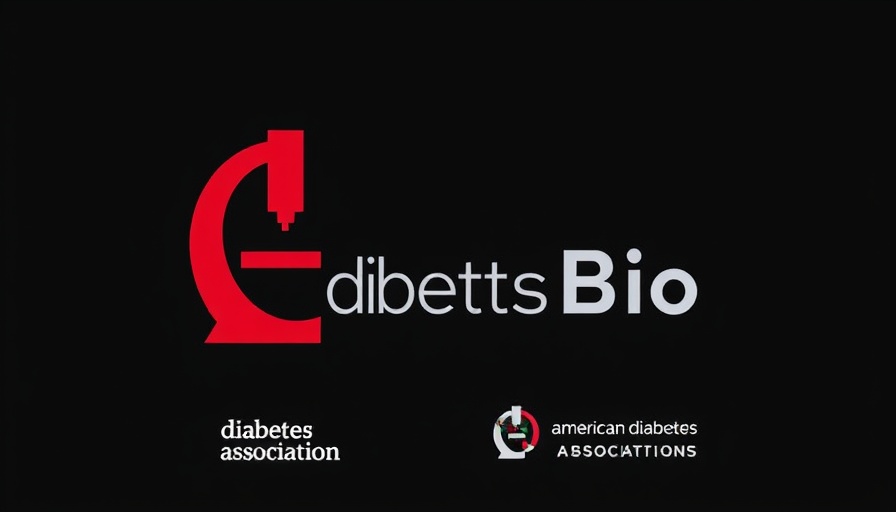
Understanding the Link Between Migraines and Strokes
An intriguing connection has emerged between migraine with aura and young-onset cryptogenic ischemic strokes, particularly in women. Recent studies indicate that women experiencing migraines with aura might be faced with an increased risk of stroke even at a younger age. While migraines are often dismissed as mere headaches, the complexities and potential neurological implications warrant much greater attention.
The Significance of Auras
Migraines with aura are characterized by visual or sensory disturbances preceding or accompanying the headache phase. These auras can include flickering lights, zigzag patterns, or even temporary vision loss. Recognizing these symptoms is critical; a recent study has underscored their importance in evaluating stroke risk. For healthcare providers, distinguishing between typical migraines and the more serious implications of migraines with aura can be life-saving.
Demographics and Prevalence of Young-Onset Stroke
Traditionally, ischemic strokes are associated with older adults. However, this new research sheds light on the increasing incidence of these events in younger populations, particularly women under the age of 50. Factors such as genetic predisposition, lifestyle, and hormonal influences play a significant role in this trend. Understanding these factors can help in forming preventative strategies to reduce stroke risks.
Risk Factors for Young Women
Several risk factors contribute to the association between migraines with aura and strokes in young women. Hormonal changes throughout various life stages, including puberty, pregnancy, and menopause, can influence both migraine frequency and stroke risk. Additionally, other lifestyle factors such as smoking, oral contraceptive use, and sedentary behavior further complicate this risk landscape. Researchers stress the importance of women being aware of these connections to make informed health decisions.
Possible Preventative Measures
For women, relying solely on traditional headache management may not suffice. Engaging in healthy lifestyle practices such as regular exercise, a balanced diet, and stress reduction can mitigate some migraine triggers and potentially stroke risk. Moreover, consulting healthcare professionals for tailored advice on stroke prevention can empower women with symptoms of migraine with aura.
Future Perspectives on Research
As research continues to evolve, there may emerge innovative treatments or preventive measures that could decrease the risks connected to migraines with aura. Ongoing studies are imperative not only to further understand these links but also to challenge existing paradigms in migraine treatment. The need for a shift in how migraines, particularly those featuring auras, are viewed in clinical settings cannot be overstated.
Conclusion: Take Control of Your Health
Understanding the relationship between migraines and strokes allows individuals, especially women, to become proactive about their health. Awareness is the first step toward prevention. By discussing any concerns or symptoms with healthcare professionals and staying informed through recent studies, patients can play an active role in managing their well-being.
 Add Row
Add Row  Add
Add 




Write A Comment